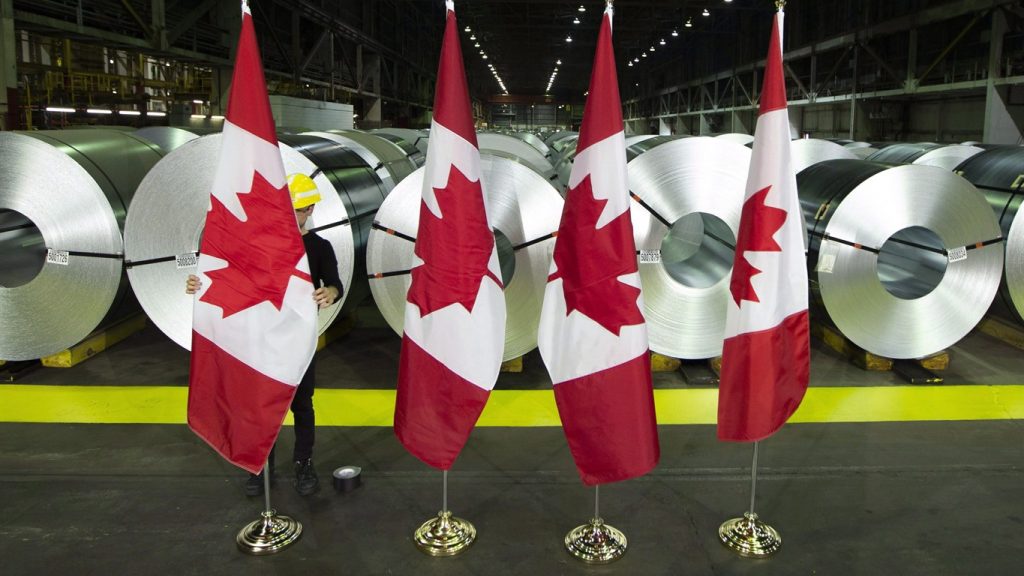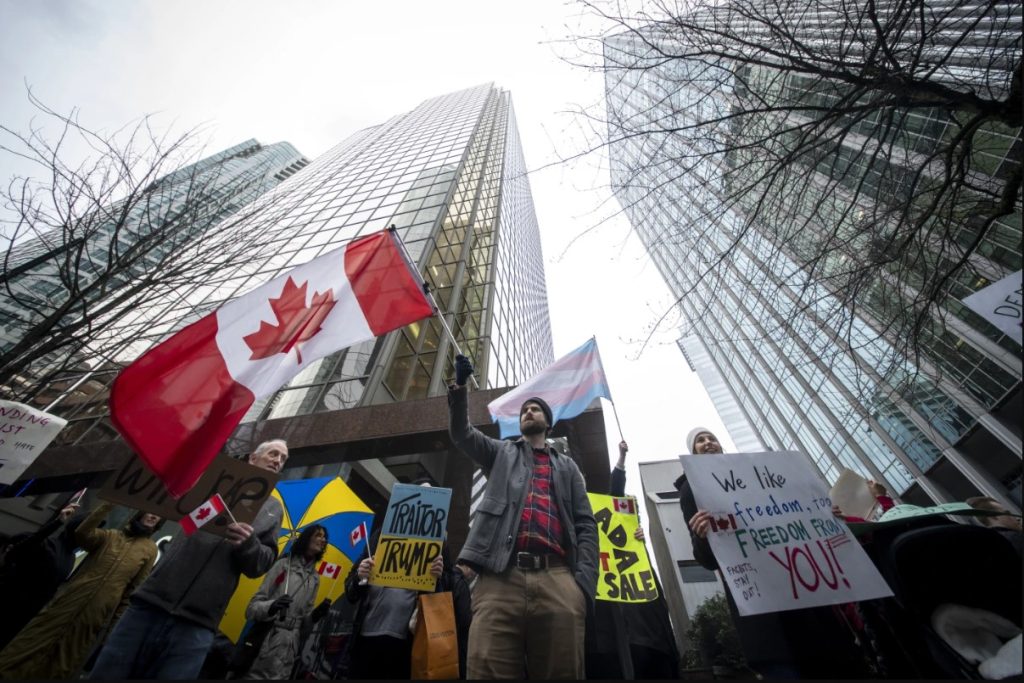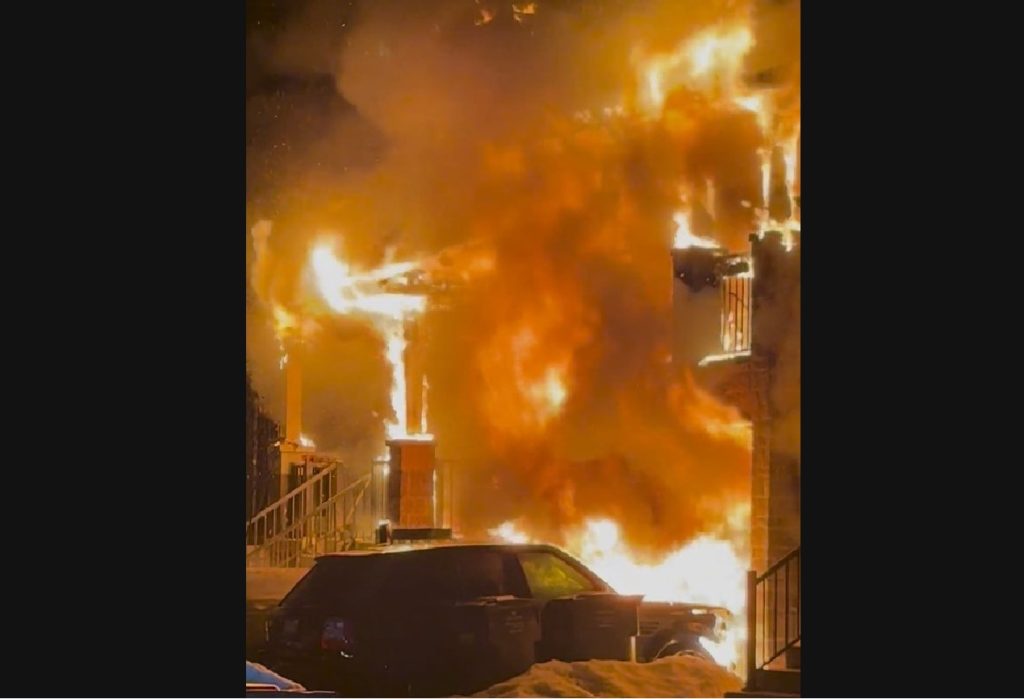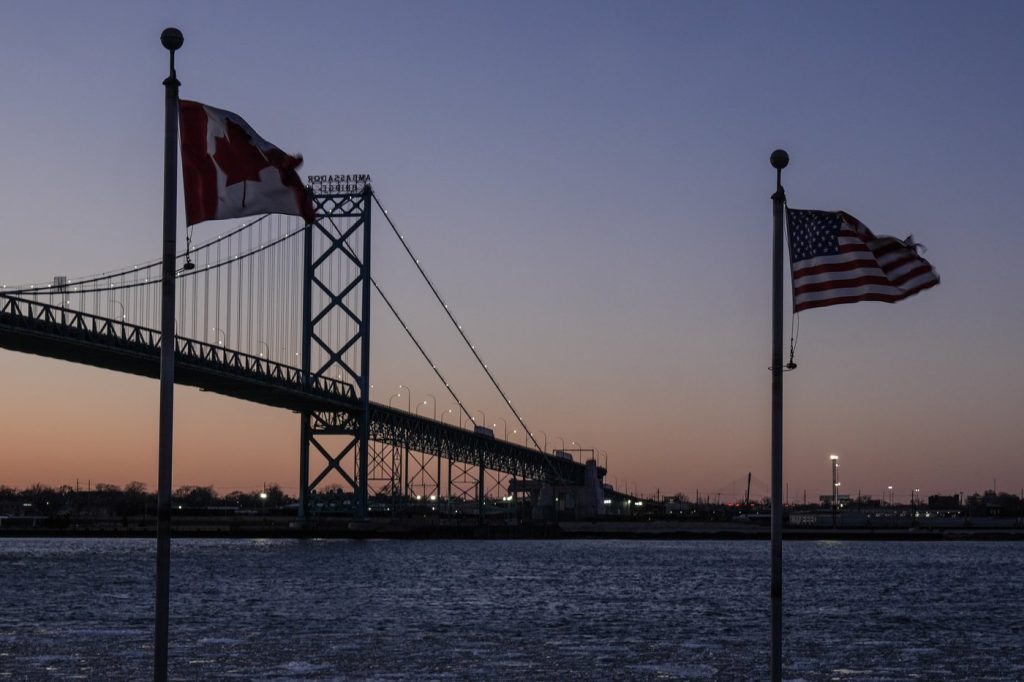What are emergency services agencies in Toronto doing to be more inclusive workplaces?
Posted February 21, 2024 1:46 pm.
Last Updated February 21, 2024 1:52 pm.
As organizations across Toronto mark Black History Month, some are using this important time to address systemic barriers and push for greater inclusivity in the workforce.
Throughout February, Toronto Fire Services Black Staff Network members have been attending community malls to promote careers within the agency.
“A lot of what we’re hearing at events … is that we didn’t even know that there were Black firefighters,” recruiting district chief Ricky Brooks said.
“That’s why (there’s) the importance of being out there in the community and doing that outreach to show that we exist … as more families, as more newcomers, as more children and youth are able to see that there are people within the fire service who look like them.”
Brooks is also part of the Toronto Fire Services Black Staff Network. He said the group formally established itself in late 2023. Before that, Toronto Fire Services worked informally on inclusion initiatives such as promoting Black History Month on all fire trucks.
“We have a growing population of Black staff all from diverse communities and backgrounds throughout the city, so having a way for those staff to connect, to speak about their experiences with one another, to talk about ways to be seen not within just Toronto Fire Services but within the local communities … that was something that was very important,” Brooks said.
The issue of representation isn’t something that’s been restricted to just the fire service.
Kevin Sam, a superintendent with Toronto Paramedic Services, said he heard similar sentiments that Brooks recalled.
“I’ve been in many situations, especially in some of the diverse communities in Toronto, where people will approach me and say, ‘How did you get the job? I didn’t even know you can become a paramedic,” he said, thinking back to when he served as a frontline paramedic.
Sam said there was even an internal dialogue about promotions as he moved into a management position.
“I feel from when I started, the only thing I saw was maybe not as much representation, but that has grown exponentially,” he said.
“I did have a comment that, ‘Well, now that I see Kevin can do it, maybe I can do it too.”
When it comes to the diverse makeup of the fire, paramedic and police services, it’s hard to get a definitive breakdown since members can self-report their backgrounds. However, fire and paramedics representatives said of those who self-reported, nearly half of the most recent recruit classes were racialized or from an equity-seeking group.
Toronto Police Service Const. Cedron Deane, who works as a recruiter, said up to 50 per cent of the service is racially diverse — a 20-per-cent increase compared to before 2020. But when it comes to senior command officers, he said 20 per cent are racialized — up from 16 per cent pre-2018.
Carl James, a professor and the Jean Augustine Chair in Education, Community and Diaspora at York University, said it’s particularly important for first responders to be reflective of the communities they serve.
“Emergency services are coming at a time when people are most vulnerable,” he said.
“The more that you can represent the people whom you’re trying to work with or get to respond to you, (it) would be good to have somebody who looks like them. Somebody who understands not only the language but also (who) they can identify with and who can understand the nuances that might be very much part of how they are responding.”
Brooks and Sam both said they’ve seen the benefits of having people with different backgrounds at an emergency scene.
“If we have firefighters from diverse communities … who are responding to calls where maybe it’s a member of the public who might not speak English fluently, or might have a language barrier, that diversity that we have in the fire service, overcoming those barriers is really important and it’s not just language, right, their culture plays a role as well,” Brooks said.
“You go on to the front lines, you go to see the ambulances, you go into the hospitals, you will see the difference in health care perspectives,” Sam said.
So what’s being done to make emergency services workplaces in Toronto more diverse and inclusive? CityNews posed that question to representatives for all three major services.
Brooks said a big part of his job is engagement such as the pop-up Black History Month events at the malls.
“A lot of what we’re doing now is speaking to communities to understand what those barriers are and then as well speaking to community partners, organizations like Toronto Community Housing, Toronto Employment and Social Services,” he said.
For frontline firefighting jobs, education and various certifications can be expensive. As it currently stands, there aren’t direct financial supports if money is a barrier to entry. Brooks said the service is also trying to recruit people for other parts of the organization that may not first come to mind for potential applications, such as working in 911 communications response, the fire inspections office, a mechanical role or office administration.
Dineen Robinson, a superintendent with Toronto Paramedic Services, said hiring for frontline paramedics is governed by provincial legislation and candidates need to meet stringent educational requirements. There aren’t direct financial supports to help candidates with education.
However, she said the service is working directly with schools to provide mentorship opportunities. Robinson also said they attend special events like Newcomers Day to promote careers in paramedicine. She said the service is trying to find ways to reduce barriers.
“Making sure that our staff who are in the recruitment portfolio are doing training through the City on bias and things like that, making sure that we have representation on all of our hiring panels,” Robinson noted.
At the Toronto Police Service, Deane said the biggest misconception officer applicants have is cost.
“There is no barrier … now there is no cost at all,” he said while noting previous charges applicants faced to go to police college for training.
Deane also said another area of focus is recruiting more women to become officers.
“Having identified that policing of course is a male-dominated industry, we’ve elected to create a prep testing session exclusively for women,” he said, referring to the fitness certification applicants need to proceed with the process.
By holding those training sessions, Deane said that certification can quickly be added to an applicant’s file to help them go through the process quicker.
Meanwhile, James said he welcomed the extra outreach efforts being done by the organizations. However, he said he hopes all will pay attention and act on the feedback they receive.
“You have to look at why haven’t people been coming forth before you’re going out because obviously there are people who are always looking for jobs,” he said.
“Why might they not have listed your organization as a place that they’re going to look at and work in?”
Come join Toronto Fire Services & the TFS Black Staff Network on Sat. Feb. 24th from 11am-3pm at the TFS Training Academy (895 Eastern Ave) for our #BlackHistoryMonth Open House event. FREE. Meet firefighters, see live demonstrations, learn about careers and more! #Toronto pic.twitter.com/4cRKaSaM3A
— Toronto Fire Services (@Toronto_Fire) February 20, 2024








